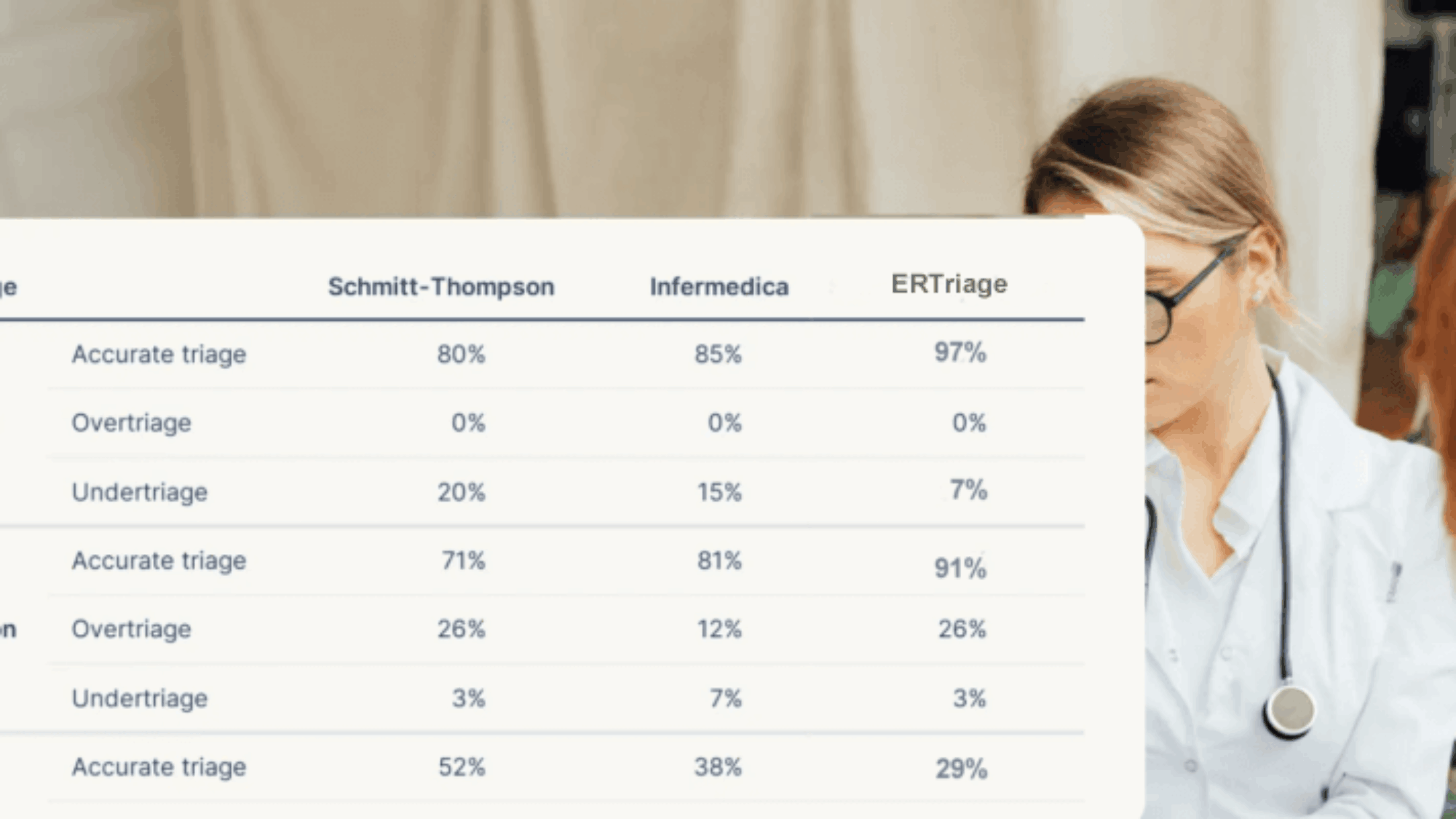Anyone who has visited an emergency department (ED) for a non-life-threatening issue understands the frustration of long wait times. EDs often face overcrowding, which can exacerbate health problems. Recent advancements in technology, particularly in artificial intelligence (AI), show promise in enhancing emergency medical care. Systems like ERTriage aim to streamline patient triage, allowing healthcare providers to quickly assess and prioritize patients based on the severity of their conditions. By optimizing hospital admissions, these innovations ultimately benefit both patients and healthcare providers.
The Role of AI in Emergency Department Triage
A study published in JAMA Network Open by researchers from the University of California, San Francisco, explored AI’s role in patient triage. The team analyzed 10,000 anonymized patient data pairs. Each pair included a serious condition (like a stroke) and a less urgent case (such as a broken wrist). The AI model accurately identified the more critical patient 89% of the time. In a follow-up evaluation, its accuracy was 88%, compared to 86% for human physicians.
Dr. Christopher Williams, the study’s lead author, noted that integrating AI could help healthcare professionals make better decisions. It would allow them to prioritize care effectively. During busy times, when many patients need immediate transport, AI can identify who should be seen first. This leads to faster and more appropriate medical responses.
Predictive Analytics for Hospital Admissions
Another significant study published in the Journal of the American Medical Informatics Association examined AI’s potential to predict which ED patients would need hospital admission. Researchers at the Icahn School of Medicine at Mount Sinai analyzed data from over 864,000 ED visits across seven hospitals. They found that 18.5% of visits resulted in admissions. Initially, the AI model predicted admissions with 77.5% accuracy. This improved to 83% with additional training data.
These findings have profound implications. Accurate predictions can help healthcare providers manage resources better. They can reduce wait times and ensure timely care. For example, staff can quickly assess how many beds are needed. They can also determine which patients should be transferred to inpatient units or discharged.
This predictive power can help alleviate the burden on hospitals. During peak times, when EDs are overwhelmed, anticipating admissions can help manage capacity. This leads to improved patient outcomes and satisfaction.
Advantages of Integrating Advanced Technologies
Integrating AI and advanced technologies in emergency medicine offers several advantages:
- Improved Triage Processes: AI enhances patient condition assessments. It helps healthcare professionals prioritize those needing immediate attention. Timely treatment is crucial for serious conditions.
- Efficient Resource Allocation: Predictive analytics help hospitals manage resources effectively. By predicting admission rates, hospitals can ensure beds are available when needed.
- Enhanced Patient Experience: Reducing wait times and improving care delivery efficiency enhances patient experience. Timely care increases patient satisfaction, especially in emergency settings.
Considerations of ERTriage
While the findings are promising, implementing these technologies in emergency departments presents challenges:
- Validation of AI Systems: It is crucial to validate AI models for reliability. Ongoing research is needed to confirm effectiveness in real-world settings.
- Role of Healthcare Providers: Despite AI’s capabilities, healthcare providers must remain central to decision-making. Technologies should support, not replace, the expertise of physicians and nurses.
- Data Privacy Concerns: AI in healthcare raises ethical issues regarding patient data privacy. Ensuring secure data management and adherence to privacy regulations is paramount.
Future Directions for ERTriage
Several considerations will shape the future of technology in emergency medicine:
- Interdisciplinary Collaboration: Successful technology implementation requires collaboration among stakeholders. This includes clinicians, data scientists, and policymakers to ensure effective system design.
- User-Friendly Interfaces: Technologies must integrate seamlessly into existing workflows. This enhances efficiency without adding complexity.
- Continuous Learning and Adaptation: AI systems should learn from new data and experiences. This adaptability improves effectiveness over time.
Closing thoughts
Research on AI and advanced technologies in emergency medicine highlights their potential to transform patient care. Enhancing triage efficiency and providing accurate predictions for hospital admissions can improve outcomes and optimize operations. Careful implementation is essential to ensure these technologies support healthcare providers while prioritizing patient safety.
As the healthcare landscape evolves, integrating technologies like ERTriage could lead to a more efficient, responsive, and patient-centered emergency care system. By harnessing AI and predictive analytics, emergency departments can navigate the complexities of patient care, improving experiences and outcomes for those who rely on these vital services. Ongoing research and collaboration will be essential to leverage these innovations while addressing the challenges of technology in healthcare.
